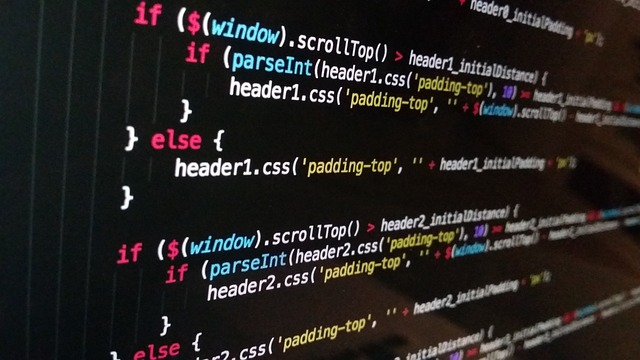In today’s fast-paced digital age, finding balance can often feel like an uphill battle. With our lives increasingly intertwined with technology, we are continuously bombarded by notifications, updates, and an endless stream of digital content. Amidst this digital chaos, cultural programs have emerged as a beacon of hope—a way to reconnect with our surroundings and foster a sense of community. But how do we navigate these programs while still embracing the benefits that technology brings?
The concept of a digital detox is gaining popularity as more individuals seek to reclaim their time and mental clarity. By consciously stepping away from screens and immersing ourselves in cultural experiences, we not only rejuvenate our minds, but we also forge deeper connections with our environment and those around us. Imagine going to a local art exhibition, participating in a traditional dance workshop, or attending a book reading at a cozy bookstore. These experiences allow us to engage our senses, provide an outlet for self-expression, and foster real human connections—elements that are often neglected in our digitally dominated society.
However, the relationship between technology and our cultural programs cannot be ignored. Digital platforms offer unprecedented access to museums, galleries, and performances from around the world. They enable us to explore different cultures and artistic expressions, often at our fingertips. Yet, the risk arises when technology becomes a barrier, preventing us from fully enjoying these interactions. The allure of live streaming events can sometimes detract from the immersive experience of being physically present. It can lead to a disconnect, where we find ourselves watching rather than participating.
Navigating the path between technology and humanity calls for a delicate balancing act. Embracing cultural programs as a remedy to our digital fatigue is essential—an opportunity to pause, breathe, and soak in the richness of diverse cultures. When engaging with these programs, we should strive to set boundaries with our devices. Perhaps designate specific times for social media and digital engagement, making space for meaningful interactions during the events themselves. This not only enhances our experience but also lets us appreciate the artistry and storytelling that cultural programs offer.
In this age of information overload, the quest for balance is one’s personal journey, unique to each individual. While technology can enhance our understanding of cultural programs, it is the human experience that ultimately enriches our lives. By consciously choosing to participate and engage in our communities, we can cultivate a deeper appreciation for the world around us and find our own rhythm amidst the noise of the digital age.




